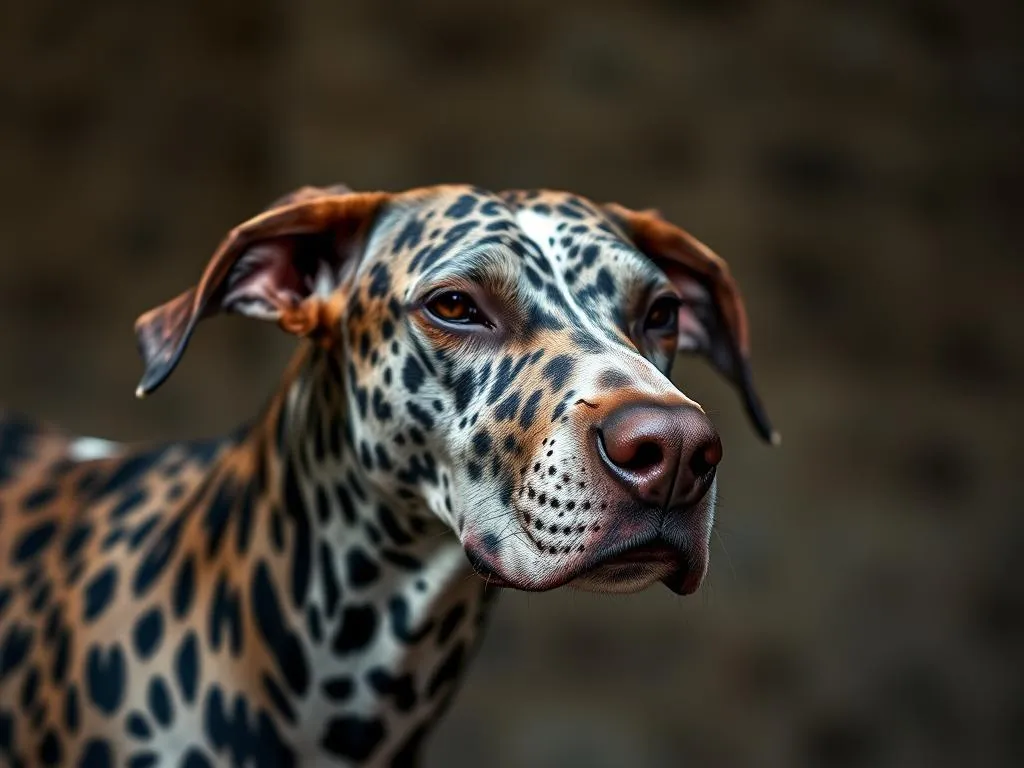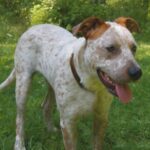
I. Introduction
Dog breeds are more than just classifications; they represent a rich tapestry of history, purpose, and companionship that has evolved alongside humans. Among the fascinating breeds is the Spanish Pointer, a dog known for its exceptional hunting skills and friendly disposition. This breed has its roots deeply embedded in the hunting culture of Spain, where it has been a trusted companion for centuries.
The Spanish Pointer is not only significant for its role in hunting but also as a beloved family pet. This article aims to provide a comprehensive guide on the Spanish Pointer, covering its characteristics, care requirements, and suitability for various types of owners.
II. Understanding Dog Breeds
A. What is a Dog Breed?
A dog breed is a specific strain of domestic dogs that share particular physical and behavioral traits. These traits can include size, coat type, temperament, and health characteristics. Understanding these aspects is crucial as they greatly influence how a dog behaves and interacts with its environment.
B. The Role of Breeds in Human Society
Historically, dogs have played various roles in human society, from loyal companions to working dogs that assist in tasks like herding, hunting, and protection. The relationship between humans and dogs is one of mutual benefit, with breeds like the Spanish Pointer showcasing this bond through their utility and companionship.
III. Overview of the Spanish Pointer
A. Historical Background
The origins of the Spanish Pointer can be traced back to Spain, where it was developed for hunting game birds. This breed has undergone significant evolution over time, adapting to the changing needs of hunters. The Spanish Pointer is celebrated not just for its skills but also for its cultural significance in Spain, where it is often featured in literature and art.
B. Physical Characteristics
The Spanish Pointer is a medium to large-sized breed, typically weighing between 45 to 60 pounds. They have a well-proportioned body, strong legs, and a long, graceful neck. Their coat can vary, but it is typically short and dense, coming in colors like white, liver, or orange. A distinctive feature of the Spanish Pointer is its long, droopy ears and a straight tail, which adds to its elegant appearance.
C. Temperament and Behavior
Known for their friendly and energetic nature, Spanish Pointers are affectionate dogs that thrive on companionship. They are intelligent and eager to please, making them relatively easy to train. Their high energy levels mean they require regular exercise, which they enjoy through play and outdoor activities. Spanish Pointers are generally good with children and can coexist well with other pets if properly socialized.
IV. Health and Care
A. Common Health Issues
Like many breeds, the Spanish Pointer can be predisposed to certain genetic health issues. Common concerns include hip dysplasia, ear infections, and certain eye conditions. Regular health screenings and veterinary check-ups are essential to maintain their health.
B. Nutrition and Diet
A balanced diet is crucial for the overall well-being of your Spanish Pointer. High-quality dog food, formulated for their size and activity level, should be prioritized. Avoid feeding low-quality food that may lead to obesity and other health issues. Always consult your veterinarian for personalized dietary recommendations.
C. Exercise Requirements
Spanish Pointers are active dogs that require substantial daily exercise—around 60 to 90 minutes is ideal. Activities such as running, fetching, and agility training can provide both physical and mental stimulation. Without adequate exercise, they may become bored and display undesirable behaviors.
D. Grooming and Maintenance
Grooming a Spanish Pointer is relatively low maintenance due to their short coat. Regular brushing, at least once a week, will help remove loose hair and keep their coat healthy. Bathing should be done as needed, along with regular dental care to maintain oral hygiene.
V. Training the Spanish Pointer
A. Basic Training Techniques
Early socialization is crucial for a Spanish Pointer. Exposing them to various environments, people, and other animals helps them develop into well-rounded pets. Positive reinforcement methods, such as treats and praise, are effective for training. Consistency is key; establishing routines helps them learn commands quickly.
B. Advanced Training
For those interested in utilizing their Spanish Pointer for hunting, specialized training in retrieving and scent work is essential. These dogs have a natural instinct for hunting, and advanced training can harness this ability. Additionally, teaching obedience commands and tricks can enhance their mental stimulation.
C. Socialization
Socialization is not just about exposure; it’s about creating positive experiences. Engage your Spanish Pointer in group classes or playdates to foster their social skills. Activities such as dog parks or puppy training classes can help them learn appropriate behaviors around other dogs and people.
VI. Finding a Spanish Pointer
A. Where to Buy or Adopt
When looking for a Spanish Pointer, consider reputable breeders who prioritize health testing and ethical breeding practices. Alternatively, many shelters or rescue organizations may have this breed available for adoption. Ask questions about the dog’s history and health to ensure you are making an informed decision.
B. What to Look for in a Healthy Puppy
When selecting a puppy, look for signs of good health such as clear eyes, a shiny coat, and an energetic demeanor. Behavioral indicators, like curiosity and friendliness towards humans, can also suggest a well-adjusted puppy. Avoid puppies that seem lethargic or overly shy, as these can be signs of underlying health issues.
VII. Living with a Spanish Pointer
A. Ideal Living Environment
Spanish Pointers thrive in environments where they have space to run and play. While they can adapt to apartment living, a house with a yard is ideal. It’s essential that your living space allows for regular outdoor activities, as this breed requires ample room for exercise.
B. Compatibility with Owners
This breed is best suited for active owners who can provide the necessary exercise and mental stimulation. Families with children will find a Spanish Pointer to be a loving and protective companion. However, they might not be the best fit for individuals who lead a sedentary lifestyle or cannot commit to regular exercise.
VIII. Conclusion
The Spanish Pointer is a remarkable breed that embodies the spirit of companionship and utility. Their friendly nature, intelligence, and athleticism make them ideal pets for active families or individuals. Understanding their care needs and training requirements is vital for ensuring a happy and healthy life for your Spanish Pointer. For those considering adding this breed to their family, the rewards of loyal companionship and shared adventures will certainly be worth it.
IX. Additional Resources
While the article does not include specific external resources, there are numerous breed clubs and organizations dedicated to the Spanish Pointer. Engaging with these communities can provide further insight into the breed, training tips, and health information that can enhance your experience as a responsible dog owner.









